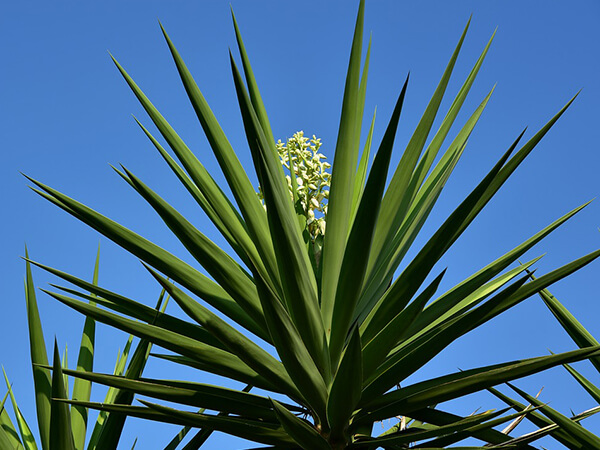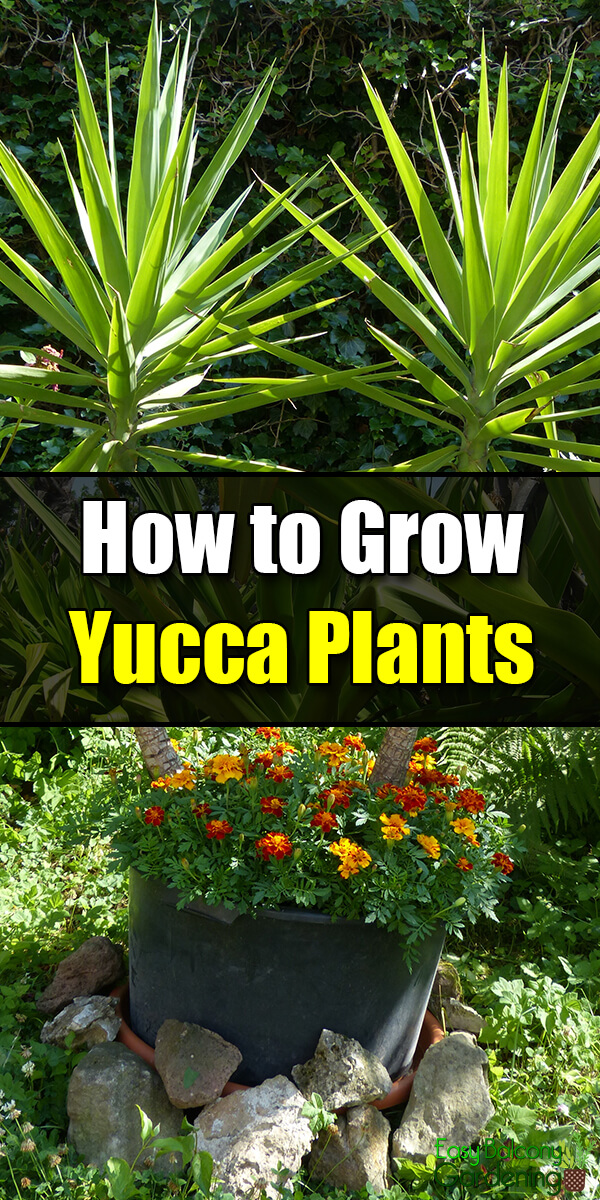Yucca plants make nice borders. They look beautiful in gardens, are easy to transplant, and have medicinal value. Most of the yucca parts are edible including the roots, seeds, fruits and flowers.
Background
Yucca planting is popular in arid Southwest environments, but it is also used in landscaping in all climates. Yucca plants comprise of about 40-50 species of shrubs, trees and perennials under the family Agavaceae. Yucca plants can be found in areas that have sandy soil, rocky places, and sloped hills and in very high altitudes. They can grow to five meters in the span of 15-20 years. Yucca plants are best suited to hot, dry environments. The yucca flower is the state flower of New Mexico.
Yucca Plants and their Medicinal Value
The roots and leaves of yucca plants have anti-oxidant properties. They are used as anti-inflammatory medication and as blood purifiers. Yucca also relieve symptoms of arthritis, bursitis, chronic pain, joint pain and stiffness. They aid in the treatment of diabetes, high cholesterol, and high blood pressure.Yucca plants have moreover been widely used in the repair of damaged cell membranes in the scalp or the skin. Herbalists use yucca plants in the treatment of other skin irritations.
Other Uses of Yucca Plants
Saponins, which are steroids that are in the roots and leaves of yucca plants, are agents utilized in making shampoos and soaps. The yucca plants were also traditionally used by the Native Americans for washing and for herbal medicine. Dried yucca wood is ideal for starting fires.
Yuccas as Ornamental Plants
Yuccas are popular as ornamental plants and they are usually included in local landscaping. They have balloon shaped leaves and are adorned by clusters of white or cream colored flowers that are usually purple at the base. Yucca plants are also known for their rosettes of evergreen.
Yucca Planting
Although they prefer a wild setting where they thrive in full sun and arid soil, yucca plants can be potted. It is usually faster to propagate yucca plants from seeds than from cuttings. Seedlings need to be grown in pots for approximately 12 months. You can then transplant them into 3-gallon pots, or larger. Wait at least three years before planting them in the garden. Yucca plants need little maintenance. They will tolerate any soil condition as long as it is not too wet. Winter-sensitive yucca plants will need protection from the cold. Some of the species that you will not need to worry about in the wintertime are the glauca, flaccida, and filamentosa. If you are bringing out yucca plants that have been cultivated in greenhouses, gradually expose them to increasing sunlight.
A Specialized Pollination System
Yucca plants have a specialized pollination system in that pollination is done by the yucca moth. It transfers pollen from the stamens of one yucca plant to the stigma of the other. The moths lay eggs on the flowers, and then moth larvae eat some of the developing seeds.
The Attraction!
Yucca plants — they are useful, beautiful, and hearty! Yucca planting is for healing and for our enjoyment!








